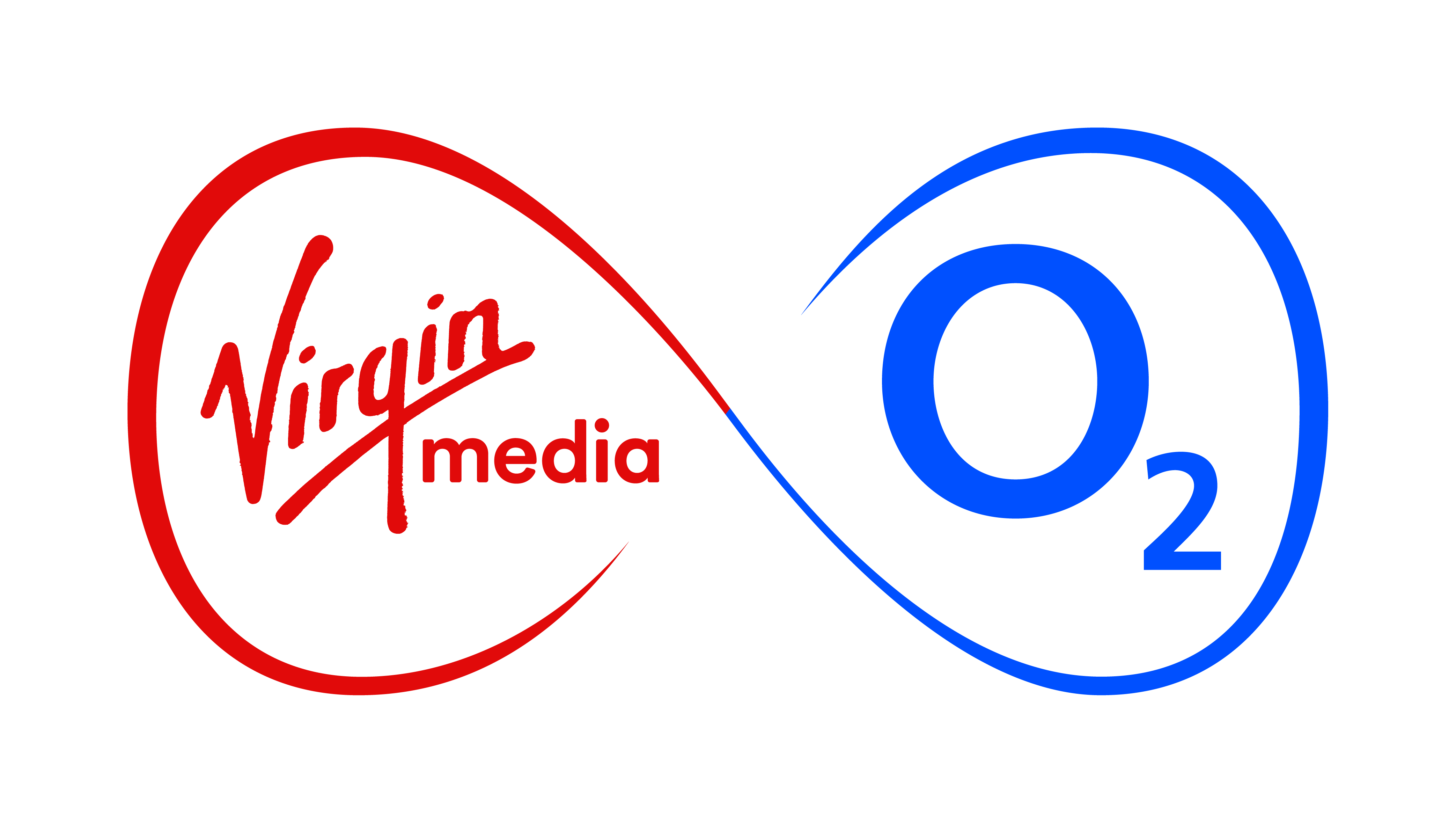It’s the start of a new year which means it’s a good time to look at some of the key trends that’ll be making waves in Enterprise ICT in 2012. So what is it you need to think about over the next 12 months to keep pace with the rest? What’s going to affect your business? In no particular order…
The Olympics drive a mind-set shift in flexible working
Many companies already allow employees to work from home or remotely while travelling, but others have been suspicious that employees will just slack off. Traffic congestion all around London and the M4 corridor during the Olympics will force many businesses to gear up for remote working or lose a month or more of productivity. Flexible working will come to be seen as the norm rather than the exception (at least in the South East), especially when companies notice that they can reduce office space to save costs, and that employees working from home typically show 20-30% increases in productivity compared to office-based employees.
Tablet usage in companies goes mainstream
Hundreds of iPads have appeared in our office and we now give secure access to almost all corporate systems from both company and personal devices. Nobody expected the iPad to be much of a work tool before it launched, but usage has grown spontaneously and organically, with managers in particular (who consume more data than they create), finding it an almost total laptop replacement. It’s why companies are starting to buy tablets in volume.
“Bring your own device” (BYOD) goes official
IT departments are being overwhelmed by the number of employees bringing their own devices to work and using them in blatant contravention of official policies. IDC recently conducted a survey which found that 95% of the workers who responded use personal technology in the workplace (like smartphones, tablet computers, webcams and sat navs). And they generally don’t tell the IT or procurement departments that they’re doing it. Most companies in 2012 will be rolling out policies, procedures and technology (including Mobile Device Management (MDM)) to allow staff to use their own smartphones and tablets in a controlled and safe way. Some will even subsidise employees to buy their own devices as an alternative to handing out corporate handsets.
Corporate mobile applications gain momentum
Mobile email is well established and companies are now realising the value of mobile access to their own applications. At the basic level this means providing access to the corporate intranet using tools like Citrix, plus many organisations are now developing custom mobile applications. For example, we see configuration tools designed for use by sales people in front of customers, and automated forms designed to improve efficiency in the healthcare and transport sectors. ICT departments are having to adopt platforms for both mobile app development and app distribution.
VoIP goes end-to-end
Many companies have installed VoIP PBXs internally but have relied on ISDN connections externally. 2012 will see strong growth in SIP trunking replacing ISDN, and also enhanced cross-site voice services with presence, such as Microsoft Lync. Companies that have adopted this as a wholesale communication approach have seen significant reductions in costs as presence, Internet Messenger, point-to-point conferencing and video have replaced phone calls, physical travel and expensive teleconferencing services.
Corporates adopt iOS and Android
After RIM’s well publicised challenges, Enterprises will start seriously adopting alternatives from Apple and Android. For some applications, the functionality is superior and the security adequate. Also, entry level Android devices will start to displace voice-only handsets. Companies will face decisions in 2012 about their preferred ecosystems to make app deployment and MDM easier. In the short term, this is essentially a decision between RIM, iOS and Android, with Windows Phone 7 yet to have impact.
The Internet of Things (IoT) becomes mainstream
Cellular Machine to Machine (M2M) connections grew 43% in Europe in 2011 (to 30 million) and this will grow again in 2012. Nowadays we expect that every piece of equipment, from photocopiers and vending machines to railway points and chiller cabinets, should be self-monitoring. Modified, low-end Android handsets will start to replace specialised devices, drive down costs and increase usage in areas such as supply chain monitoring (real time tracking of items in transit).
Public wifi spreads beyond the leisure sector
Historically, public wifi has usually been associated with hotels, coffee shops and other types of hospitality outlet. However, almost all businesses have visitors, and those visitors are now carrying smartphones and tablets that they want to be able to use. And, as I’ve already discussed, employees want to use their personal devices at work. So in 2012 we will see many more businesses in other sectors deploying public-access wifi in their buildings as a service to both employees and visitors.
Mobile wallet lifts off
2012 will see a raft of mobile wallet and mobile payment launches (including our own), and the first volume selling handsets with NFC (Near Field Communications) technology. Retailers will rapidly have to get used to customers waving mobile phones at tills, as Pizza Express, Thorntons, Starbucks and others already do.
press enquiries
press enquiries
